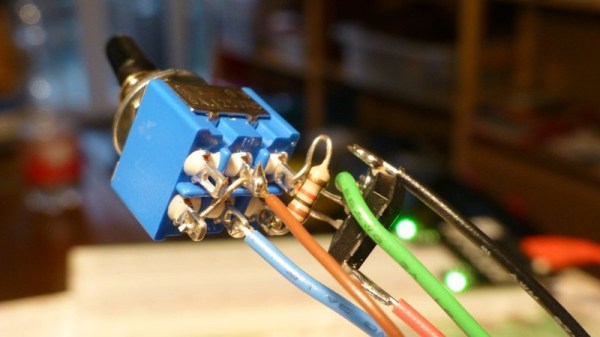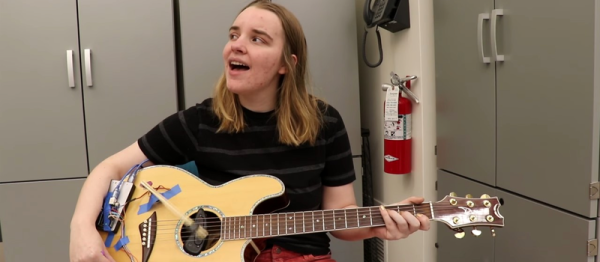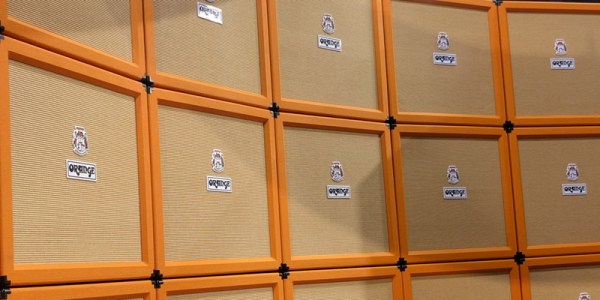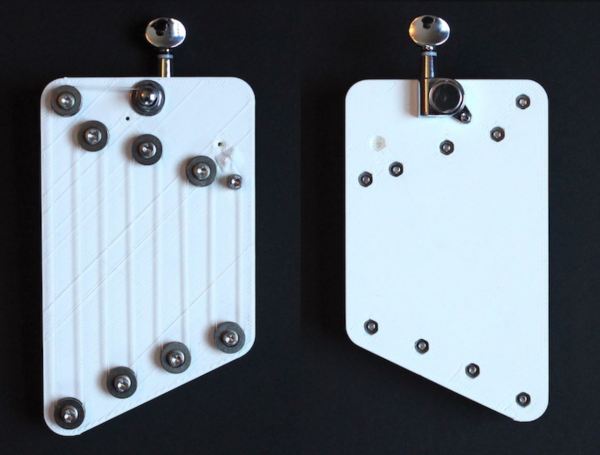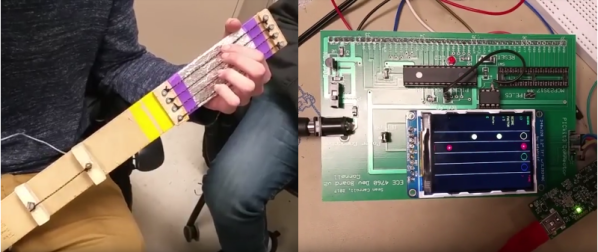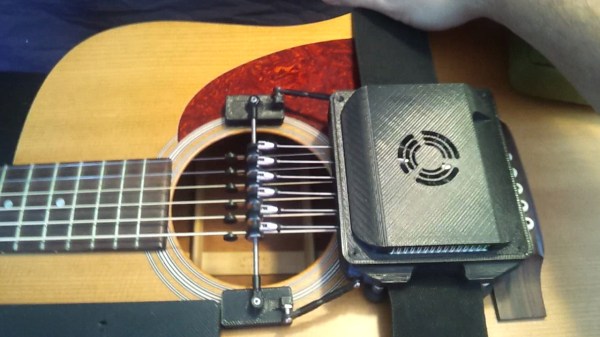This is the tale of [Chris], who discovered he was no [Jimi Hendrix] in his youth, and shelved his trusty wah-wah pedal as a result. Many years later as a bassist with more modest aims he brought it out of retirement and built a blend pedal kit to allow him to bring in a bit of wah to the mix when he wanted it, but as more of a Voodoo Grown-Up than the full Voodoo Chile.
The kit worked and he should have been happy with it, but for one thing. As he increased the mix on the loop box instead of getting more wah he simply got less volume. A bit of detective work reached the conclusion that the old pedal was inverting everything, and that he needed to put in a circuit to correct that when needed. A single op-amp and a switch, with the op-amp circuit dead-bug-style on the back of the switch, completed the modification.
Wah pedals seem to be a recurring feature here. We’ve brought you one made of Lego among many others, as well as one repurposed as a synth controller.

